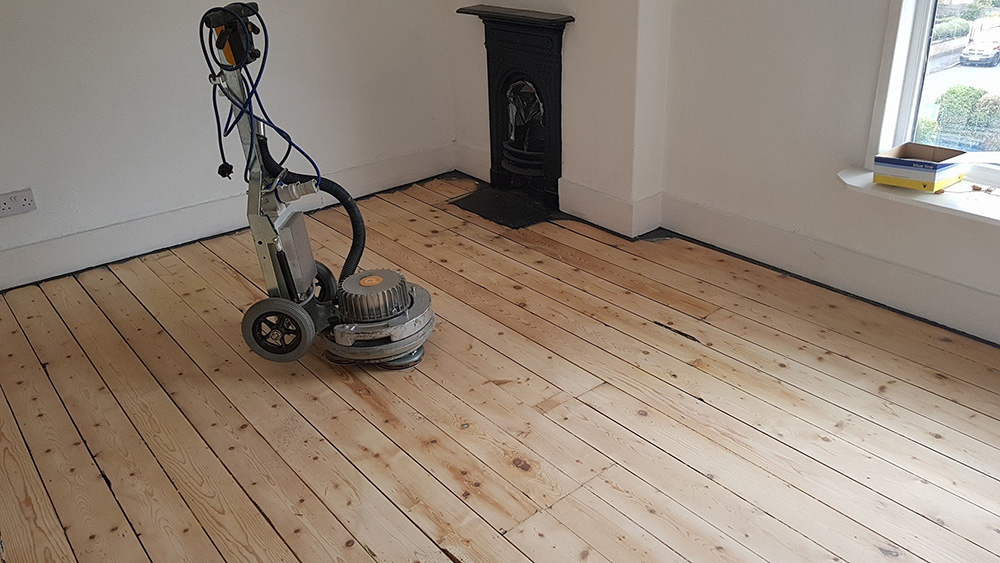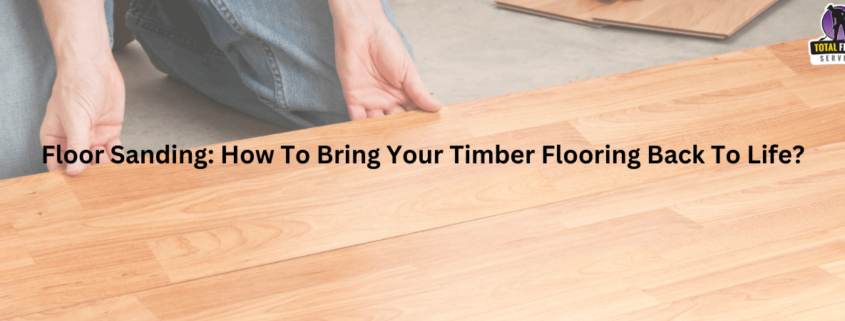Floor Sanding: How To Bring Your Timber Flooring Back To Life?
Timber floors are beautiful, durable and long-lasting. Unfortunately, they can be difficult to look after. When a timber floor is sanded it can last for even longer! But how do you know when it’s time to put the sander in action? And what method should you use? This Best floor sanding companies near Melbourne blog will guide you through all the options available so your floors will be as great as they were when they were first laid down.
How do I know when it’s time to sand my timber floor?
Timber floors can become dull and rough, dirty and stained, warped, damaged and uneven. There are many reasons for this to happen but the most common is lack of maintenance.
If you want to keep your timber floor looking its best then regular cleaning with a damp mop or soft cloth will help prevent dirt from becoming embedded into the timbers pores causing discoloration over time.
If you think that sanding is only necessary if there are deep scratches or grooves in your timber floorboards then think again! It’s also important for removing stains caused by water damage (such as leaking taps) as well as general wear & tear that occurs over time such as bumps from furniture moving across them during normal use.
What are the different methods of sanding a timber floor?
When it comes to timber floors, there are a few different methods you can use. Hand sanding is the most common and involves using a hand-held sander or pad to smooth out the surface of your timber floor. This method is quick and easy but also leaves behind visible scratches in your timber flooring.

Machine sanding involves using an electric sander that will remove more material from your wood than hand sanding does, which means that you’ll need fewer coats of polyurethane when it comes time for finishing (and less time spent sanding). However, this method does take longer than hand-sanding because it requires additional time for drying between coats of polyurethane or waxes–plus there’s always an element of risk involved with using power tools around water!
Chemical stripping involves soaking your timber floors in chemicals like bleach or acetone until they begin to swell up; then scraping off this layer with an abrasive tool like steel wool until all traces have been removed from each plank before applying new sealants/finishes etcetera…
Which method of floor sanding should we use, manual or machine-assisted?
Now that you know the difference between manual and machine-assisted floor sanding, it’s time to decide which method is right for your home. Manual sanding is a cheaper option, but it takes longer and requires more skill than machine-assisted methods. On the other hand, machine-assisted floor sanding can be done in one day instead of several days like manual sanding.
Machine-assisted Floor Sanding Melbourne is best suited for large areas of timber flooring or if there are many curves on your timber floors (such as those found in older houses). If you need an expert opinion before making your choice, talk directly with our team about what would work best for your project!
Conclusion
We hope that we’ve been able to give you some insight into how best to sand your timber floor. If you are considering redoing your flooring, it’s worth taking the time to find out what kind of finish will suit your needs and lifestyle best.
Just make sure to select the right company. Total Floor Service has a team of experts who offers top-quality installation, refinishing, and repair services that will leave your floors looking brand new. Trust us to bring your vision to life and make your home or business stand out with beautiful, long-lasting floors.



 Address:
Address:  Phone:
Phone:  ABN: 63 602 512 489
ABN: 63 602 512 489




